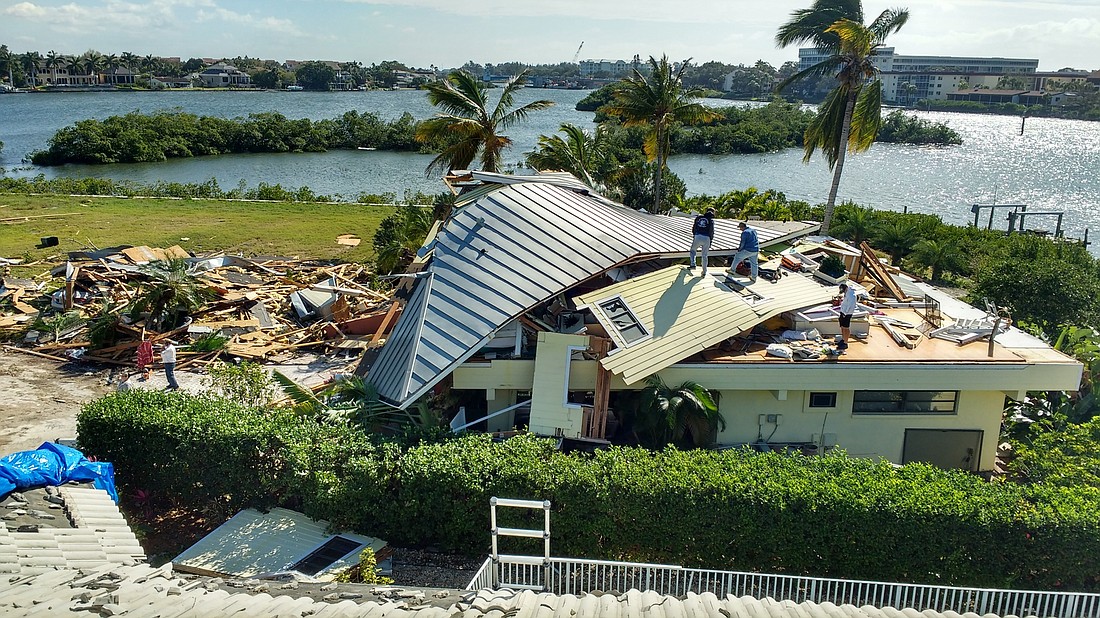- April 19, 2024
-
-
Loading

Loading

For someone working as the chief of emergency management in a coastal southwest Florida county, Ed McCrane doesn’t make too big of a deal about the official start of hurricane season.
“June 1 is just another day on the calendar,” McCrane said.
Within the county Department of Emergency Management, preparing for hurricane season begins well before the actual period during which most hurricanes form in the Atlantic and the Gulf of Mexico. But also, the department wants residents to be vigilant year-round, knowing that emergencies can strike at any moment.
“We’re starting hurricane season, but we’ve got potentials for disaster every day,” said Rich Collins, the county’s director of emergency services.
McCrane and Collins appeared at the June 1 Siesta Key Association meeting, reminding residents on the barrier island what to do in case a severe storm hits. They also reminded the group that disaster can come in different forms — such as the tornado that struck Siesta Key in 2016, causing more than $12 million in damage.
The most important thing residents can do, the officials said, is be prepared ahead of time. In the case of a hurricane, the Emergency Services Department has a motto: “The first 72 is on you.” In the first three days post-storm, crews responding to any damage will focus on clearing the roads and addressing the most pressing needs, which means they won’t be able to help everyone right away.
“When we can’t even move a block, we want you to be in a safe place and we want you to be prepared for at least 72 hours,” McCrane said.
McCrane recommended preparing a bag with essentials — including clothes, water and food — for each person in your house. Residents should determine which room of the house they should head to in case of a storm, and where they plan to go in case they’re ordered to evacuate.
That advice is applicable outside of hurricane season, too, McCrane said. He said it’s also important to stay connected to get any updates about potential disasters.
“It’s amazing how many people go through an event and don’t have any awareness of what was happening,” he sad. “They didn’t know a hurricane was coming, for whatever reason. It’s important to stay aware.”
Those in attendance at the Siesta Key Association meeting asked what the process of returning to the island would be like in case of a mandatory evacuation. McCrane said crews would have to survey the damage and make sure the Key was clear of debris that could cause problems. Still, he said officials would work swiftly to let residents know when they’d be allowed to come back.
“Once we can get you on, we will allow you on,” McCrane said.
McCrane was encouraged by the turnout at the Siesta presentation, but he wants all residents — even those who don’t have the time to make it to a neighborhood association meeting — to be informed about the best practices in case of a storm.
“It’s better to be prepared and available to help yourself and others than to not be prepared and scrambling to figure out how you’re going to get by,” he said.